Here is my blog post for the quiz 06
- Write a function to calculate the greatest common denominator of two positive integers using Euclid’s algorithm. Here is the link to my GitHub.
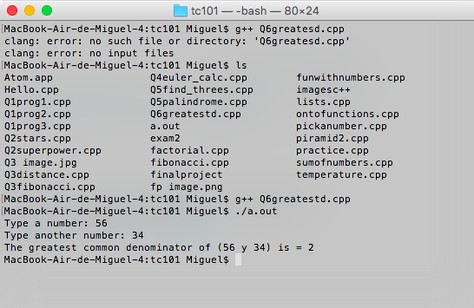
Fundamentals and Solutions. Together!
Here is my blog post for the quiz 06

Here is the Blog post for my Quiz number 4.

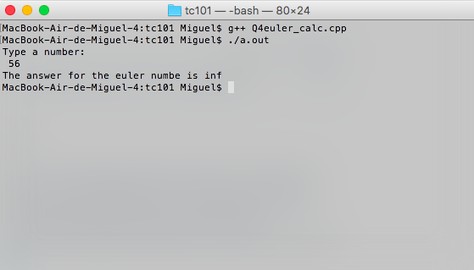
Here is my blog post for the Quiz 3
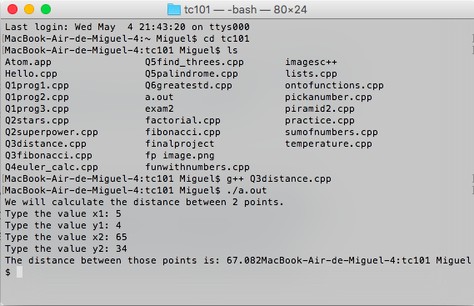
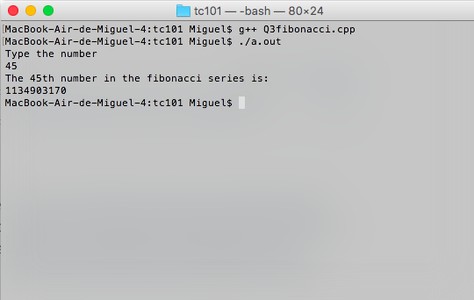
Hello everyone! this WSQ is different, well kind of, what to d0:
Create a program that asks the user for 10 numbers. Store those numbers in a list. Show to the user the total, average and standard deviation of those numbers. I found some very useful videos and tutorials:

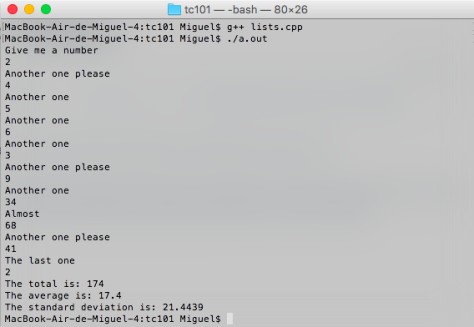
Well finally this is the link for my code in GitHub.
Hello my friends, today we are going to do a task that is very similar to the last ones, but a little more difficult, we are going to write a program that ask the user for a range of integer numbers and then prints the sum of the numbers in that range (inclusive).
We can use a formula but thats not the way that we are going to do it, first we have to decelerate variants, and the use “while” and “if”. Here are some grateful videos for your enjoyment.
And as always, the link for my code in GitHub and some evidence

Hi again!! honestly this task was a little difficult, I had to do some research for this WSQ, and i found some great videos that I leave here. The WSQ consist in creating a program that ask the user a random number between 1 and 100, the user have to guess and the program won’t stop running until you get the right number, but the machine give you hints and the number of attempts.
Chis is my link for my code, GitHub.
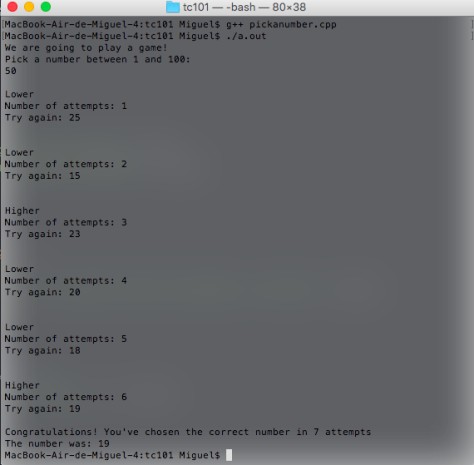
Hello!! the task of today was simple, you have to declare variants, also you have to use “if” and “else”, the program will ask you for the temperature in fahrenheit and then the computer will calculate the temperature in celsius with this formula: C = 5 ∗ (F − 32)/9. As an addition of this task, you have to manipulate the code until the computer tell the user if the water boils at the temperature given (under typical conditions), here is an example:
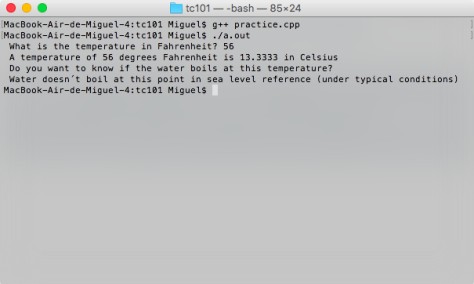
If you don’t know how to use “if” and “else” here are some videos, it might be useful.
And finally, this is my code GitHub